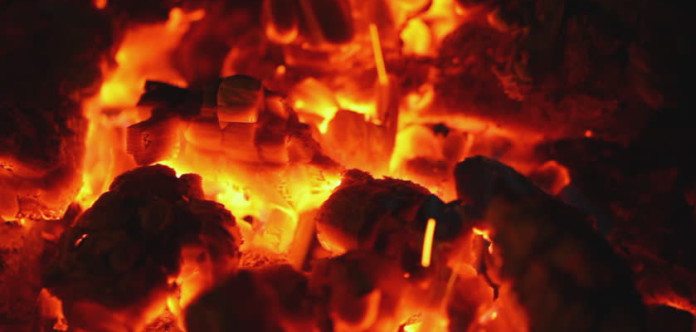
IF nickel, copper, cobalt, manganese and even vanadium are winning minerals in the new world order of carbon neutrality, then there must be some losers too; those that remain eternally tethered to the era of pylons and brick-built chimneys.
Certainly thermal coal fits in this category, but then so may its sister element, metallurgical coal, according to Anglo American CEO, Mark Cutifani. “The switching from thermal coal will continue at pace in my view,” he said in an interview with Miningmx in June.
“We still think metallurgical coal’s got a good future, but by 2035 it will be getting tougher there as well because the hydrogen technologies will be taking over in steel-making,” he said. The recycling of steel instead of producing new material may also have an impact on iron ore production over the longer term, which must be a concern to Kumba Iron Ore, the JSE-listed firm in which Anglo has a 70% stake.
However, Themba Mkhwanazi, CEO of Kumba Iron Ore, thinks the company is well positioned by dint of the quality of its resources. He told Miningmx that the transition to a low emission economy will see steel producers, especially in China, seek out higher quality iron ore, a key ingredient in steel manufacturing.
Kumba produces a lumpy iron ore, with a 64% iron content that melts efficiently in furnaces and has a lower carbon footprint. The other grade of iron ore – fines – requires sintering so it melts efficiently.
“Structural factors support a flight to quality,” he said following the firm’s interim results presentation in July. “Firstly, blast furnaces are getting bigger and that is good for lump (ore). Secondly, China – to which Kumba exports about two-thirds of its product – needs to meet air pollution targets which supports premium ore.” Kumba can currently fetch a $10 per ton premium for its product.











